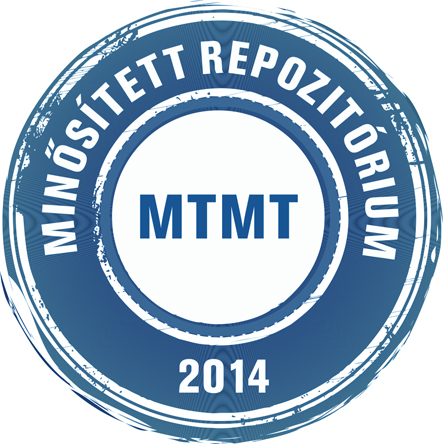Simon József: Az analógia elve Pázmánynál és Suáreznél. In: Különbség, (20) 1. pp. 139-162. (2020)
Előnézet |
Cikk, tanulmány, mű
kulonbseg_2020_001_139-162.pdf Letöltés (224kB) | Előnézet |
Absztrakt (kivonat)
Annak ellenére, hogy Pázmány Péternek (1570-1637) a gráci egyetemen tartott metafizikai tárgyú előadás-anyagának jegyzetei nem állnak rendelkezésünkre, az általa vezetett disputációk és a Dialectica előadás-jegyzetei alapján világos képet nyerhetünk a metafizikai ekvivocitás, analógia és univocitás témáit illető nézeteiről. Tanulmányom első lépésben Pázmány analógia-tanítását ismerteti, különös tekintettel a létezés sajátosságának analóg voltára vonatkozóan. Pázmány nézetei után azon gondolatmenetek rekonstrukciójára vállalkozom, melyeket Francisco Suárez fejti ki ugyanezen témákat illetően Disputationes metaphysicae című főművében. Harmadik lépcsőben az előadás komparatív módon állítja egymás mellé Suárez és Pázmány metafizikai elképzeléseit, rámutatva egyfelől arra, hogy a terminológiai különbségek ellenére milyen közel áll egymáshoz a két elképzelés, másfelől hangsúlyozva azt, hogy a terminológiai különbség annak számlájára írható, hogy a két kései skolasztikus gondolkodó eltérő módon recipiálja Vio de Caietanus De nominum analogia című művét. Peter Pázmány (1570-1637), the most important author of Hungarian late scholasticism lectured on Aristotle’s logic, natural philosophy and metaphysics at the Jesuit university of Graz during the academic years 1598-1600. Despite the fact that the material of his lectures on metaphysics has gone lost, his elaboration of dialectics handed down to us in manuscripts as well as his students’ printed disputations treating metaphysical themes enable us to reconstruct Pázmány’s views concerning metaphysical aequivocity, analogy and univocity. First, my paper describes Pázmány’s teaching on analogy with special emphasis on the analogy of the property of being. In a second step, Francisco Suárez’s thoughts on analogy will be introduced as they are developed in his masterpiece Disputationes metaphysicae (1597). In the third part of my paper, I make an attempt of comparing the concepts of metaphysical analogy by Pázmány and Suárez, respectively. According to the thesis of the paper, the Hungarian and Spanish philosophers’ approaches prove to be very similar; the differences between them concern mostly their different terminological framework. The paper accounts for this terminological contrast by pointing out the different receptions of Caietanus’ De nominum analogia (1497) by Pázmány and Suárez.
| Mű típusa: | Cikk, tanulmány, mű |
|---|---|
| Befoglaló folyóirat/kiadvány címe: | Különbség |
| Dátum: | 2020 |
| Kötet: | 20 |
| Szám: | 1 |
| ISSN: | 1785-7821 |
| Oldalak: | pp. 139-162 |
| Nyelv: | magyar |
| Kiadó: | Doctoral School of Philosophy, University of Szeged (Hungary) and Fondation Pro Philosophia Szegediensi |
| Kiadás helye: | Szeged |
| Befoglaló mű URL: | http://acta.bibl.u-szeged.hu/73053/ |
| DOI: | 10.14232/kulonbseg.2019.20.1.260 |
| Kulcsszavak: | Pázmány Péter, Francisco Suárez, Skolasztika, Metafizika, Filozófia |
| Megjegyzések: | Bibliogr.: p. 160-162. és a lábjegyzetekben |
| Szakterület: | 06. Bölcsészettudományok 06. Bölcsészettudományok > 06.03. Filozófia, etika és vallástudományok |
| Feltöltés dátuma: | 2021. júl. 20. 08:23 |
| Utolsó módosítás: | 2023. máj. 09. 12:55 |
| URI: | http://acta.bibl.u-szeged.hu/id/eprint/73111 |
 |
Tétel nézet |





